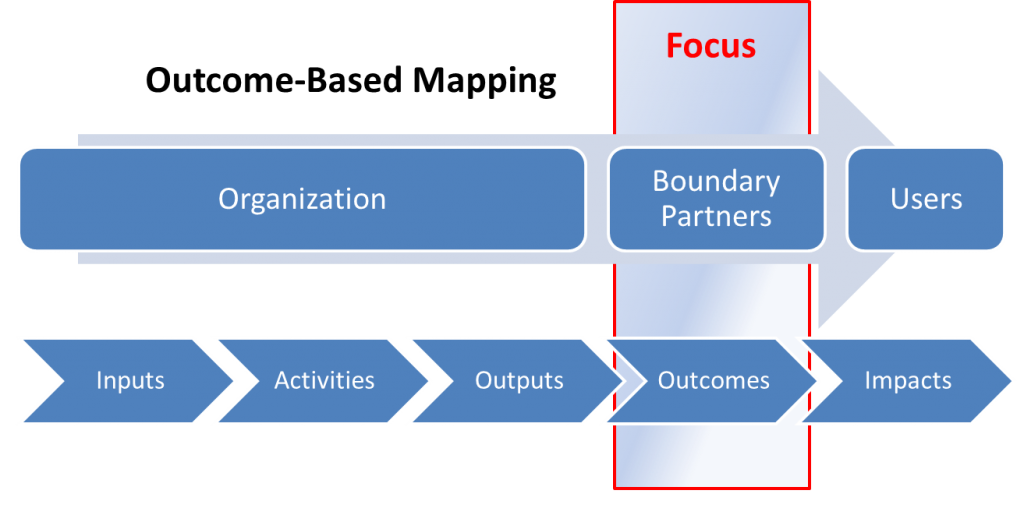Are you plugged into your customer?
When we look at continuous improvement efforts, we determine what we need to change to create a better process. We emphasize the change needed. Certainly there is a degree of “Check” in our hypothesis and experiments but seldom is that the emphasis of our work. Often, we concentrate on doing an experiment and making it work. We are accustomed having a product, a service, a website that we can monitor and acquire metrics. With a new product, we may use Lean StartupTM thinking in validating product (service)/market fit. We prototype, we try, Build-Measure-Learn or that PDCA stuff of “Check” and “Adapt”. 
The difficulty taking product development or operational thinking to sales and marketing is that it assumes you have control of the prospect. There is a difference between customer validation versus selling. There is a difference in the perception of what waste is in operations versus selling. There is a difference in developing a service versus selling. Lean Startup, Service Design, Design Thinking and Lean (whatever noun you choose) can be difficult applying directly to sales and marketing.
In sales and marketing, and when most organizations apply Lean to sales and marketing, the tendency is to get into a mapping exercise very quickly, sometimes before developing a User Persona ,Outcome Based Mapping versus a Marketing Funnel. What I have found about most mapping exercises is that the emphasis is on ridding ourselves of waste and thereby drawing conclusions, (Mapping Expectations of Customer Behavior), about the future and how we are going to proceed with our plan of action. We develop SMART goals with defined targets. One of my favorites, we are going to increase revenue by 10% this year. That dictum is echoed every year and though a mighty goal, seldom do we have evidence in supporting exactly how we intend to accomplish it.
In Outcome-Based Mapping, we focus on outcomes, not impact. We do not look at increasing revenue by 10% that is the impact we want to make. In outcome-based thinking, we look at what actions or behaviors we need to change to accomplish our vision. This seems like a fine line or a slippery slope that I am traversing, but the secret sauce is not how we are going to do it. Nor is it any of the other secrets that Rudolph Kipling has so simply and wonderfully expressed to us, The Kipling Growth Strategy Map. It is not, in Lean terms, finding root cause of the problem. It may be not even in the Appreciative Inquiry sense of Root Cause of Success (though I lean this direction, sorry for the pun). What Outcome-Based Mapping brings to the table is the emphasis on Monitoring and Evaluation.
Why are Monitoring and Evaluation so important? In the same token, a map provides directions but it is not a roadmap. Sales is not going from point A to Point B and following this direct path. Sales and marketing compares more to air travel where there is a constant monitoring and evaluation but the plane is never on a direct path towards the destination. The elements of wind and other weather conditions and other flights determine our path. We are in control of adjusting because of a very good Check and Adjust process (Side Note: As good as airlines are in the air, you wonder why they are so poor on the ground).
In the Outcome-Based Mapping that I have done, I have found it difficult to focus organizations on the monitoring and evaluation. Once the outcome challenges are addressed, progress markets identified, strategies and actions developed, we are off to the races. If you review most Six Sigma, Lean and Marketing books, you will find the shortest chapters consistently about the monitoring and evaluation practices. You will find books about pre-event planning, getting the right people on board and the meetings or Kaizen Events to do this, but the monitoring and evaluation is one chapter in any of these and half the size of the others.
We have plenty of measurements and data. That is what Big Data all about. However, how much of this data can only be used in transactional selling processes? As Dan Pink said, To Sell Is Human. The Monitoring and Evaluations I am talking about is the change in behaviors that we address in the Outcome-Based Mapping process, The Expect to See, Like to See and Love to see Columns. It is about developing and sustaining a process.
Seldom do we address how WE understand our customers. We are always looking to have a call to action, move someone down the pipeline. However, are we addressing and adapting to reach common agreement and become a better fit with our customers. Our monitoring and evaluations should focus more on ourselves and our actions than trying to move a customer to the next stage of the pipeline. We should be consistently trying to improve the experience we offer at this stage. This is not about fixing problem. It is about going deeper and gaining a better appreciation of our customers’ needs and wants. Are we actively monitoring and evaluating how we are increasing customer knowledge? Are you plugged in to you customer?
Book reference: Outcome Mapping: Building Learning and Reflection into Development Programs
Lean Sales and Marketing: Learn about using CAP-Do

